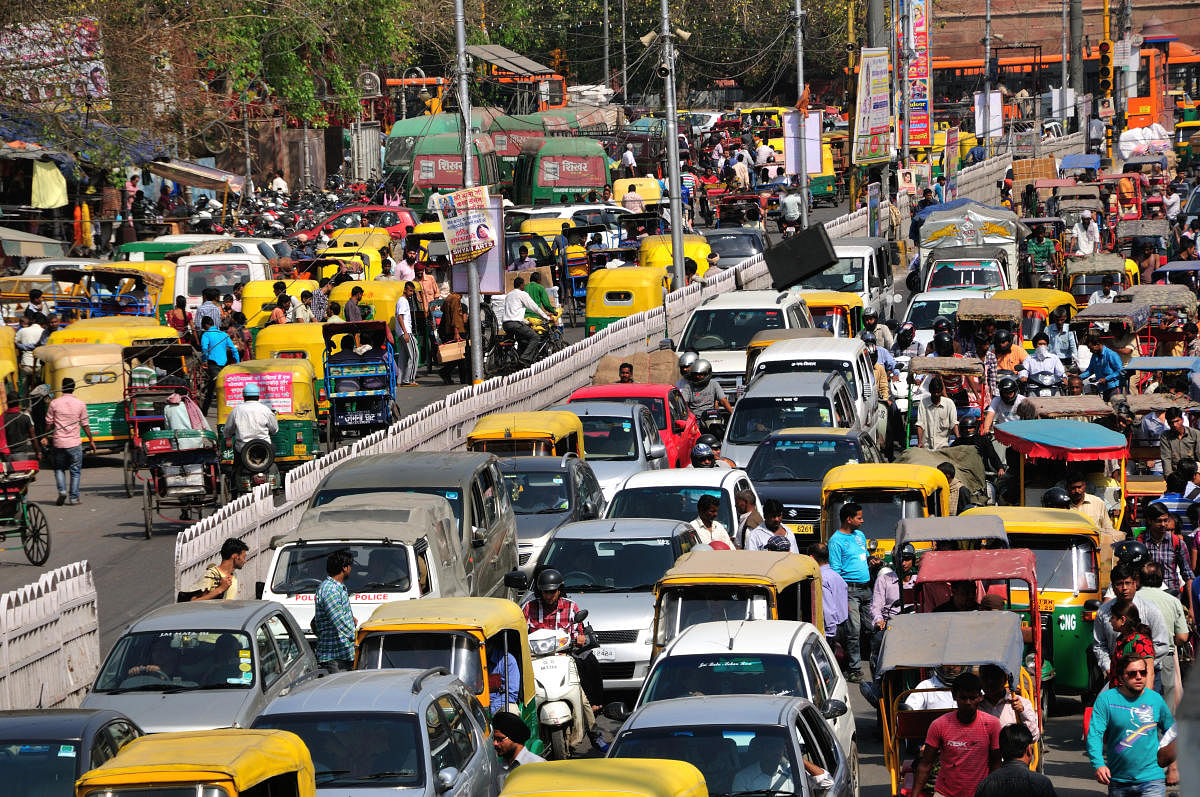
As work from home (WFH) continues, people are beginning to trickle back into offices. After being cooped up for over a year, employees long for the camaraderie that only physical office spaces can provide.
Try as we might, virtual chatrooms and online fireside chats cannot replace canteen conversations or banter around a water cooler. Though many people are eager to get back to the workplace, WFH is unlikely to peter out because remote work continues to have a number of advantages.
One of the main attractions of WFH is that people avoid bone-numbing traffic snarls that sap their physical and mental energy. A recent article by Erin O’ Donnell in Harvard Magazine examines how commuting kills creativity.
Even before Covid-19 dramatically changed things, a study by Andy Wu, a business school professor, found that the longer people had to commute, the more their “productivity and innovation” declined.
In fact, commuting has been linked to a slew of health problems, ranging from depression, obesity to heart ailments. While most of these studies have been conducted in Western countries with fairly orderly traffic, commutes are likely to exact a greater toll in the Indian context because of the chaos and cacophony that epitomises our roads.
Commute and productivity
To get a more specific understanding about how commuting jeopardises productivity and innovation at work, Wu teamed up with colleagues to study over 3,000 inventors working in 1,000-odd firms over five years.
Further, they zeroed in on firms that shifted their office premises during that period.
What the study found about ‘commuting costs’ was quite startling. For every 10 miles of added commute, an inventor’s productivity, measured by the number of patents filed, dropped by 8%, while their impact, assessed by the number of citations a patent receives, fell by 11%.
Interestingly, the top-performing inventors endured more “productivity losses” as their commutes were extended.
So, even as firms look forward to getting back to physical offices, perhaps, they need to do a cost-benefit analysis, not only from a financial perspective but also keeping in mind the health and creativity of their employees.
As in-person interactions in the office are also essential to spur creative juices, perhaps, employers could opt for a hybrid model, where workers have some say in how often they would like to come in.
Also, if employees can be coaxed to live closer to work, both the company and its workers stand to benefit. Additionally, larger firms may choose to have a number of smaller branches scattered across the city instead of a large, centralised campus. That way, workers can report to the branch nearest to their homes while shortening their commute.
Tackling work travel
On the other hand, if you are stuck with an onerous commute, you can inject some creativity into your daily travels by following these tips suggested by Larry Kim, the chief executive officer of a marketing and sales company.
As they apply only to those who aren’t driving, you may try to carpool or take public transport to make your commute less harrowing.
First, try to centre yourself by spending a few mindful moments with yourself. Listening to podcasts, audio books or music can also alleviate the tedium of travel.
Instead of randomly surfing the Net, up your social game by interacting with friends online. Rather than merely lurking, cultivate an active online presence by commenting on people’s posts and forwarding articles or videos that resonate.
If you have a hobby that can be done while on the move, don’t feel shy to take out a crochet hook or doodle in a sketchbook. Being engaged on your commute may help you feel more energised when you arrive at work.
(The writer is an author and blogger)